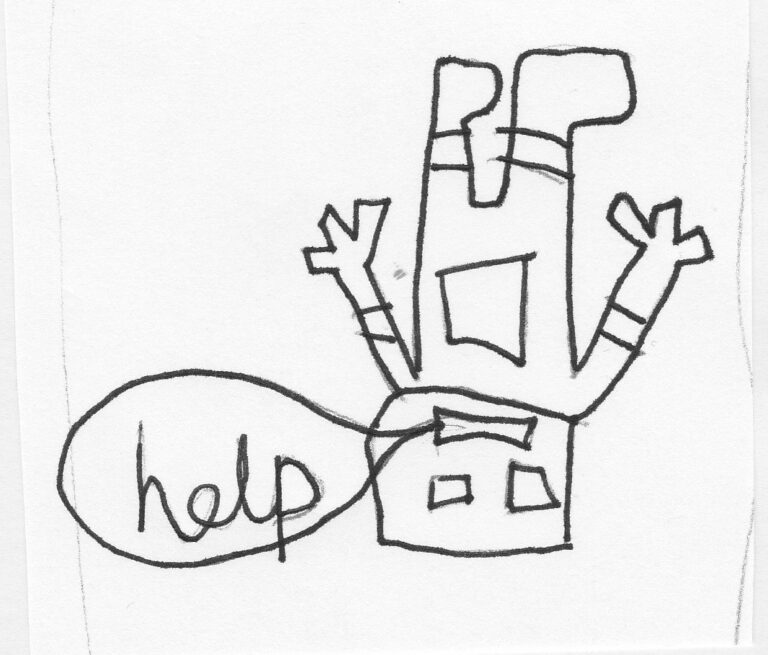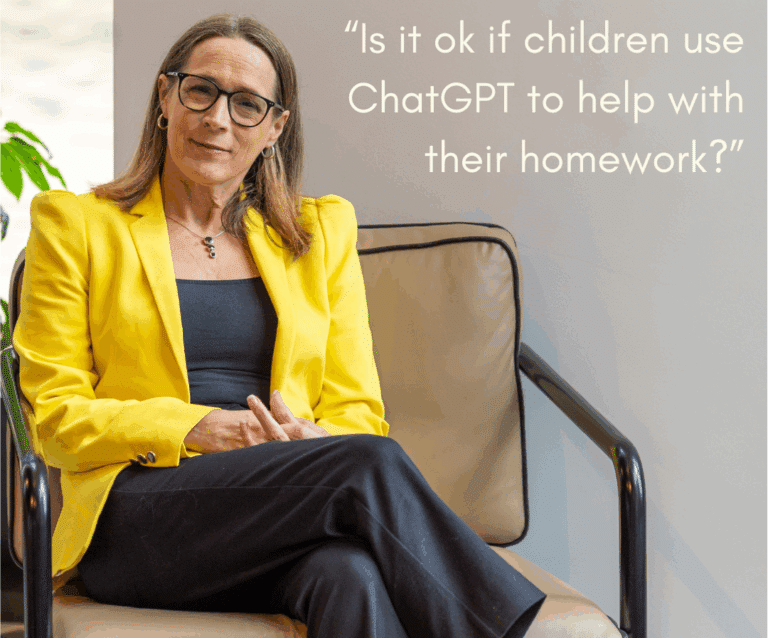Parents and the zone of proximal development (ZPD)
The Zone of Proximal Development – it’s a bit of a mouthful but, bear with me, this is something all parents need to know about. The ZPD is a grand term for a simple idea that can really help parents to support children’s learning.
The zone of proximal development is the difference between a child’s current level of competence (unaided) and their potential level of competence if supported by an adult or by a more expert child. It’s the difference between what they can do now and what they would be able to do with a little assistance.
Children develop their skills most when they are working within their zone of proximal development. If a task is too easy, it won’t stretch them. But if it is too difficult, they experience too much failure and they can’t learn. Kids need to experience a certain level of success or progress to keep them motivated and engaged.
For parents, understanding ZPD is all about providing the right level of challenge and giving support that will help children move beyond their current developmental level. But not making things so difficult that a task is completely beyond them.
The ZPD in action
Think of a jigsaw puzzle. A child will have a current level of competence. Perhaps they can succeed in completing a familiar 50 piece puzzle by themselves. If we leave them to it, once they are regularly completing that puzzle, they’re likely to get bored and not play with it any more.
We could go out and buy another 50 piece jigsaw puzzle. Our children will continue to develop their jigsaw skills by taking on a new challenge. But they will probably master it quickly and get bored again so that’s unlikely to be great value for money!
We could go out and buy a 100 piece jigsaw piece and leave them to work it out alone. That’s quite a big leap, though, so there’s a good chance they will fail. A little bit of assistance from a parent or older sibling will keep them engaged and learning. Someone who is suggesting strategies to try rather than doing it for them. (What colour is it? Have a look at the picture. Has it got a straight edge?). Then there is a good chance our child will master the new puzzle. We have found their jigsaw zone of proximal development.
If we had been overambitious and sat down to do a 500 piece puzzle with them, our child would probably abandon the activity. (It’s too hard). Or maybe they might change the focus to something they can engage with – such as building a tower with all the little pieces. (What teachers call being ‘off task’!)
Parenting in the zone of proximal development
For parents, working in the ZPD means first and foremost focusing on what your child can already do. Not on what their older brother could do at that age. Or what their younger friend can do. Or what their school target says they should be able to do.
The ZPD is all about co-operation and collaboration. It’s about helping children to enhance their skills through support and suggestions rather than instructing or directing. Often, in collaborative play, you can observe children working within each other’s ZPD, stretching and helping each other in their joint play.
So what’s the lesson of the ZPD for parents? Whether it’s playing cricket or Maths homework, if you want to help your child to learn, first work out what they can already do. Then provide enough challenge and support to prompt improvement – but not so much that they fail and get frustrated. That’s when you’re in the zone!






